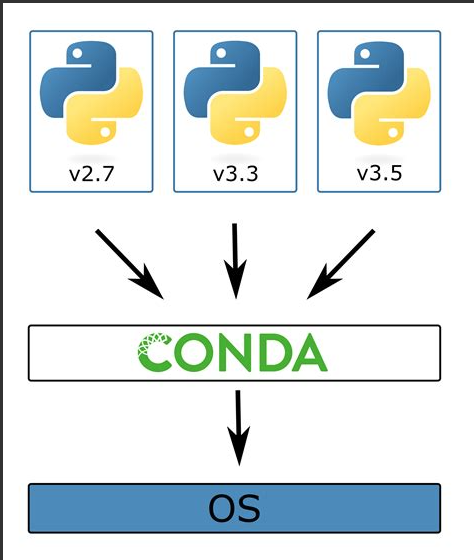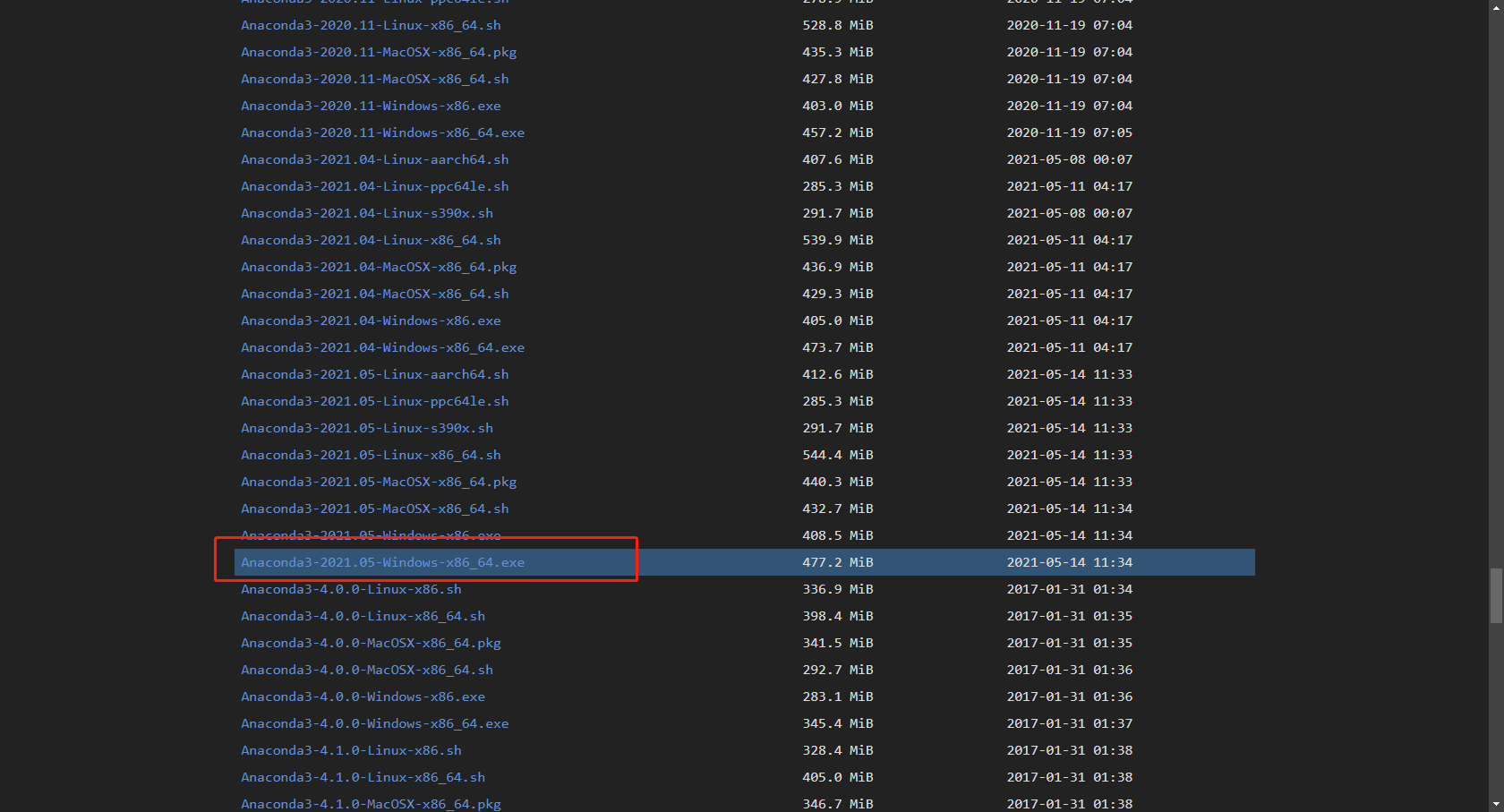

How to choose an appropriate Conda download option They are described in this changelog entry. In the case of Conda 4.4, there have been recent changes affecting Linux/Mac OS X users. Multipurpose: It is not only for managing Python environments and packages - you can also use it for R (a programming language for statistical computing)Īt the time of writing this article, I use the 4.3.x versions of Conda, but the new 4.4.x versions are also available.Flexibility: It contains a lot of packages (PIP packages are also installable into Conda environments).Transparent File Management: It doesn’t install files outside its directory.Clear Structure: It is easy to understand its directory structure.In this article, I cover how to use Conda. Conda (a package and environment manager).PIP (a Python package manager funnily enough, it stands for “Pip Installs Packages”) with virtualenv (a tool for creating isolated environments).

The two most popular tools for setting up environments are: Now that we’ve discussed why environments are useful, let’s dive in and talk about some of the most important aspects of managing them. Consequently, if you want to develop or use applications with different Python or package version requirements, you need to set up different environments. You are delivering an application to your client, and again, you want to make sure that it is working smoothly on your client’s computer.Īn environment consists of a certain Python version and some packages.You are collaborating with someone else, and you want to make sure that your application is working on your team member’s computer, and vice versa, so you can also set up an environment for your co-worker’s application(s).A possible solution is to set up a new environment for you application, that contains the Python version and the packages that are completely compatible with your application. Perhaps one of the packages is no longer compatible with the other parts of your program (due to the so-called breaking changes). But now you’ve tried to run it, and it is not working. You have an application (developed by yourself or by someone else) that once worked beautifully.In this case, you need to set up different so-called environments.Īside from this situation, there are more use cases when having additional environments might come in handy: These applications may need other versions of Python/packages than the ones you have been currently using. Then, most likely, you immerse yourself in this world, and download Python applications from GitHub, Kaggle or other sources. When you start learning Python, it is a good starting point to install the newest Python version with the latest versions of the packages you need or want to play around with. So why exactly do you need Python environments? You might ask: shouldn’t I just install the latest Python version? Why you need multiple Python environments If you’ve opened this article, chances are that you already know what Python is, why it is a great tool, and you even have a Python installed on your computer. Thus, my main motivation for writing this article was to help current and potential Python users to have a better understanding of how to manage such environments.

I’ve been teaching it for quite some time now, and according to my experience, establishing Python environments is a challenging topic.
CONDA INSTALL PACKAGE IN ENV NO UPDATE PROFESSIONAL
I have over two decades of professional experience as a developer, I know a wide variety of frameworks and programming languages, and one of my favorites is Python.


 0 kommentar(er)
0 kommentar(er)
